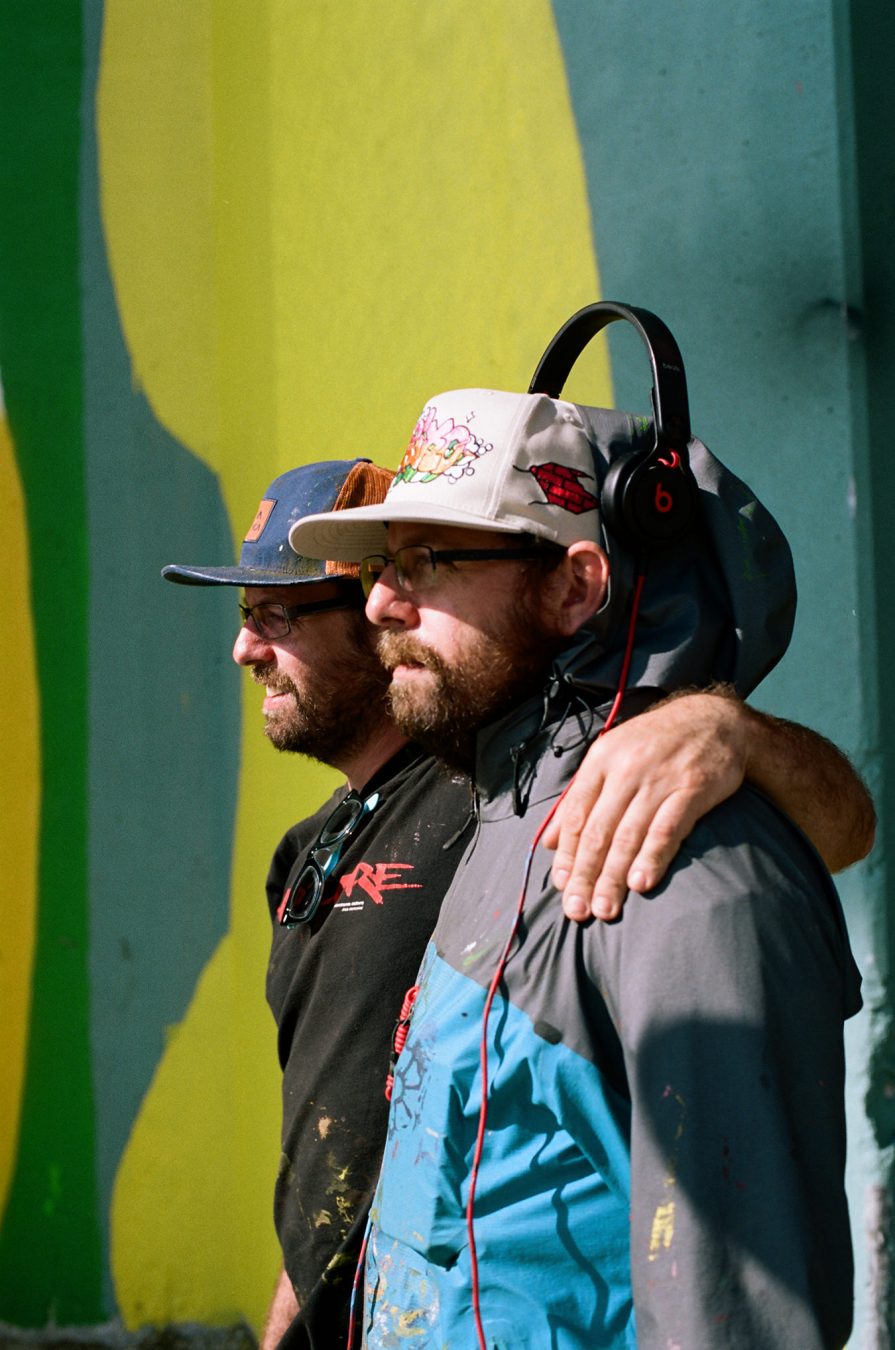We were in the grocery store one day, buying odds and ends. My brother knew the cashier, and they were chatting spiritedly through the transaction; bored out of my better sense of shopping etiquette, I watched him input his PIN in the debit machine. From the movement of his hands, I could tell that he and I had the same code; we had managed to choose the same combination of four random numbers, and for years had never noticed.
Then again, revelations like this—bizarre commonalities with no traceable origin—are fairly commonplace between us. You might say we are cut from the same cloth; or, more literally, hatched from the same egg. As monozygotic twins, my brother and I began as a single cell, which then divided into two embryos and grew into two babies with a single genetic code. There are several photographs from our early years of my older sister sandwiched between two perfectly identical infants—her own miniature Scylla and Charybdis. To this day, she is the only one able to tell us apart in these pictures.
My brother and I were best friends before we were conscious of our friendship. As children, throughout our school years, and even now in adulthood, we have shared ideas, inspired one another, and humoured each other with vast anthologies of stories, jokes, and allusions no one else could fathom. I find that I wander to wherever my brother happens to be for no particular reason other than to sit with him and talk. I am half of a whole: this is how I spiritually feel, even though I might rationally know otherwise.
I am half of a whole: this is how I spiritually feel, even though I might rationally know otherwise.
And rationally, I am aware that being a twin is, for want of a better term, strange. Whether dreaming the same dream, humming the same obscure song neither of us has heard in years, or merely talking in unison, our minds seem to be running on the same mechanism. Even we find these coincidences—are they coincidences?—a little paranormal. It is my sense, though, that we would be perfectly at ease with our psychic similarities if we had never been cultured to think otherwise. Indeed, popular media teach us that the bond between identical twins is either eerily supernatural, or a commercial gimmick.
Naturally, we brought an acquired skepticism to our recent interview with Brazilian artists Otavio and Gustavo Pandolfo who, like us, are identical twins. The title by which they are collectively known, OSGEMEOS, means the twins in Portuguese. Preparing for our meeting, my brother and I researched how Otavio and Gustavo claimed to experience the same visions, deriving the same ideas from the same sources of inspiration; and that they purportedly co-operated in their artistic practice so closely that one’s contribution to an artwork could not be distinguished from the other’s.
Even though my brother and I could relate to these experiences, we initially didn’t buy it. Their OSGEMEOS identity seemed mere publicity, and their supposed sameness branded them strategically within the competitive world of contemporary art. This is what being an identical twin has come to mean: it is a claim to a weird, “cool” otherness that, in the right industry, can gaudily garner attention.
For example: think of the most iconic representations of twins. Whether they are pranksters, entertainers, scare factors, or comic relief, the phenomenon of being twins is never of consequence to the twins themselves; it is a performance played out for other people, passersby who get swept up in the hijinks. Others constantly ask my brother and me about the most devilish tricks we’ve played, or how “twin telepathy” works. And who could blame them? Twins have been mythologised for millennia—think of Castor and Pollux in Greek legends, or the Ashvins of Hindu mythology. I think that being a twin, to some extent, has always involved a bit of show business.
Their kinship is no ploy; OSGEMEOS managed to sidestep all of the sensationalism that comes with being identical twins.
But as we listened to Otavio and Gustavo recount how they developed their signature aesthetic, and describe their process of working literally side-by-side—no creative differences, no disagreements—something occurred to us. The Pandolfo brothers had somehow remained innocent of the influences that taught us to use terms like “freak coincidences” when discussing our own similarities. They did not view their creative connection as strange, or paranormal. Their kinship is no ploy; OSGEMEOS managed to sidestep all of the sensationalism that comes with being identical twins—and yet, this honesty to themselves is what makes them sensational.
Otavio and Gustavo are certainly identical; there is no mistaking that. As twins ourselves, you might expect my brother and I to have some sixth sense about other twins—an intuitive way of telling them apart. No such shortcut exists; identical twins seem, regrettably, just as confusing to us. But as the evening unfolded, Gustavo relentlessly teased his colleagues, while Otavio quietly attended to important-sounding phone calls. Perhaps these differences in disposition were circumstantial, but it was a pleasant reminder that they are just like us: at once, two individuals and one unit.
It takes an enviable sense of togetherness to overcome poor weather, thievery (stolen paint supplies), and the various other obstacles that OSGEMEOS faced during their project for the Vancouver Biennale. The spectacular result at Granville Island is a testament to what can be accomplished with unfaltering support and a dedicated team. Twins, I’m reminded, have an inborn advantage in those departments.
Having chatted with OSGEMEOS, my brother and I felt that we had learned something about what it means to be twins. Or rather, we remembered something that we had been taught to forget.












